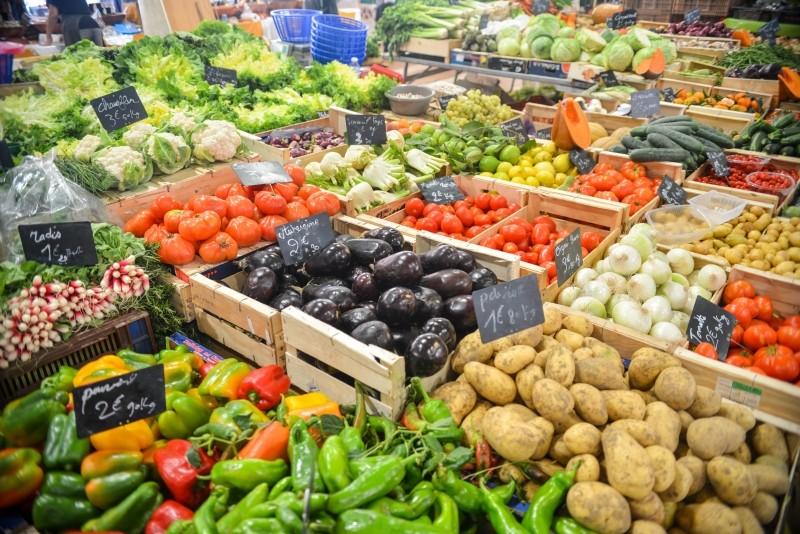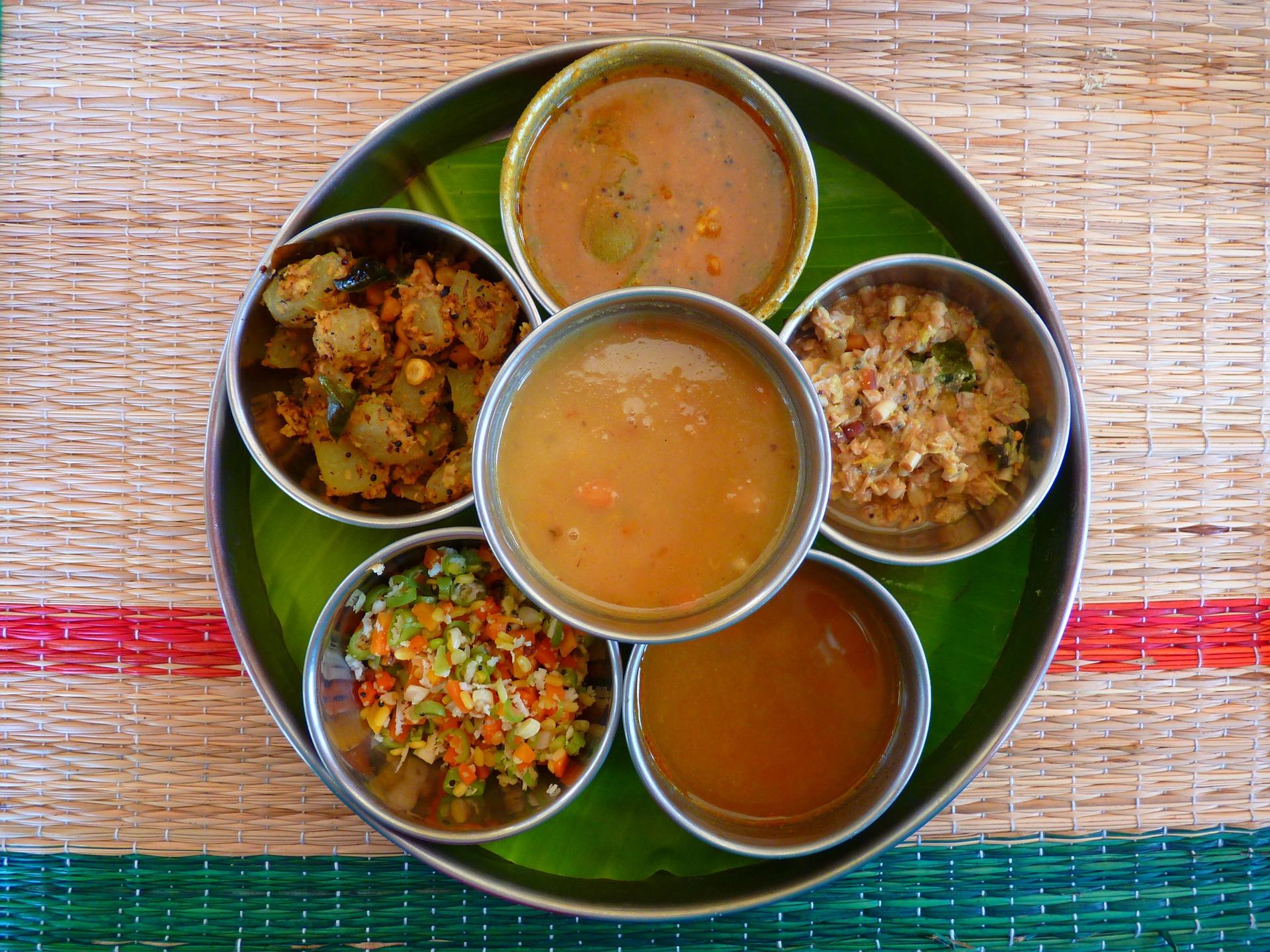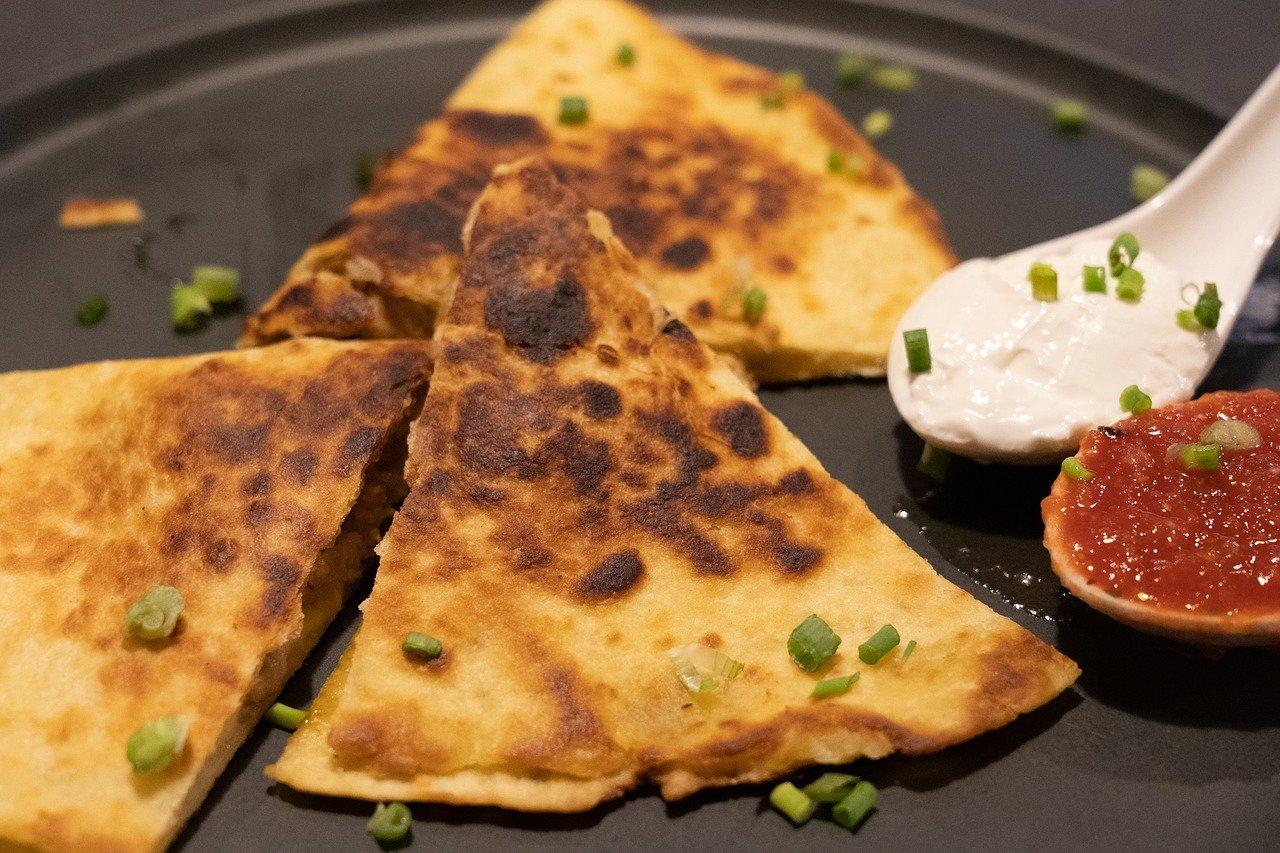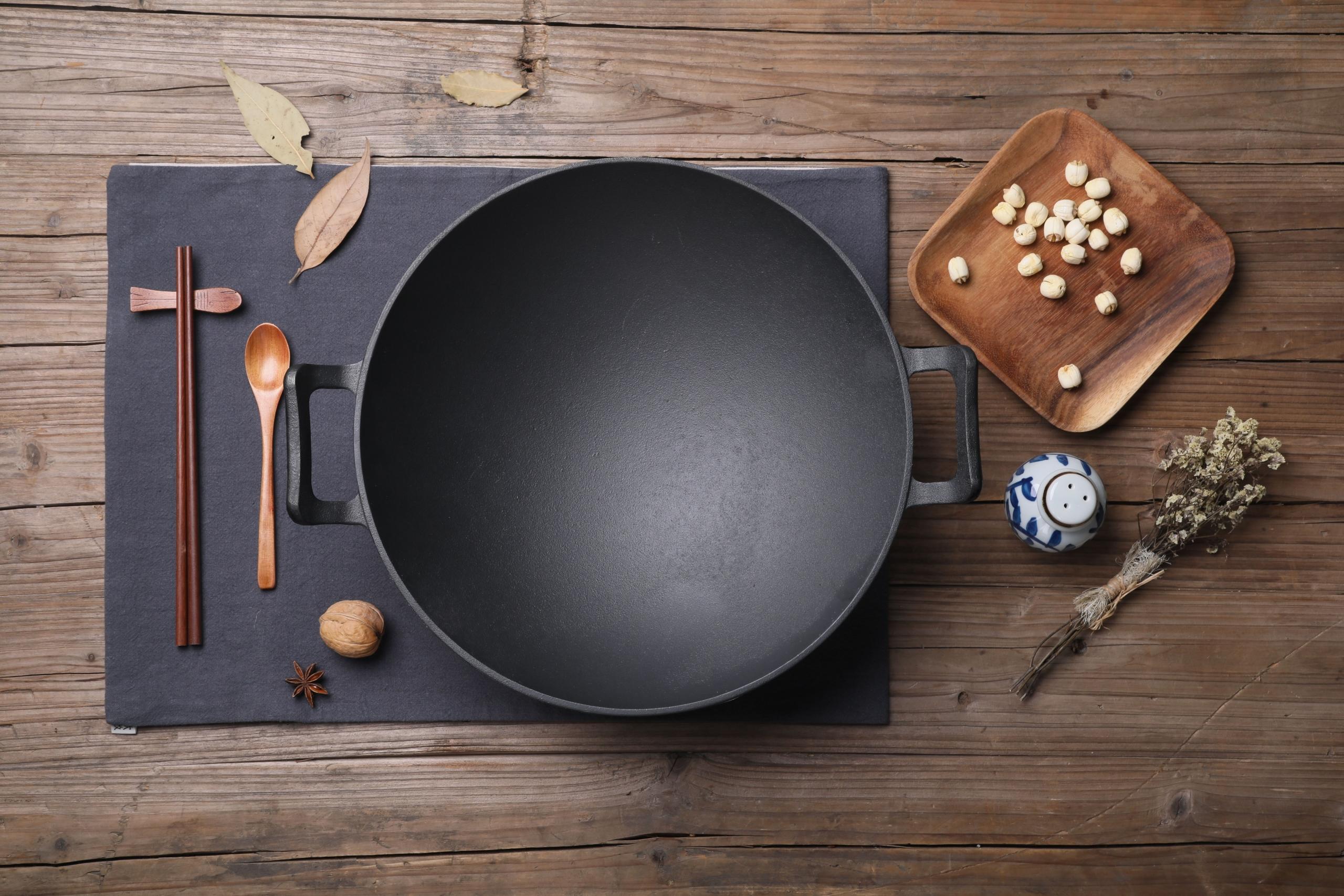Italian food, renowned globally for its rich flavors and cultural significance, is a testament to centuries of culinary tradition and innovation. Known for its simplicity and reliance on high-quality ingredients, the cuisine reflects the diverse regions of Italy, each contributing unique flavors and dishes. This article delves into the history of Italian cuisine, explores the essence of la cucina italiana, highlights popular Italian delicacies, and provides Italian recipes to try at home, offering a comprehensive insight into one of the world's most beloved cuisines.

The History of Italian Cuisine: A Culinary Journey Through Time
The history of Italian cuisine spans over two millennia and is deeply intertwined with the country’s cultural and socio-political evolution. Originating in the 4th century BCE, early Italian cooking was heavily influenced by ancient Roman and Greek practices. Romans, for instance, introduced bread, wine, and olive oil as staples of Italian food—a trio that remains central to the cuisine today.
During the Middle Ages, Italian cuisine experienced significant diversification. Regional variations emerged as local resources dictated ingredient availability. The influence of Arab traders introduced rice, sugar, and spices to southern Italy, laying the groundwork for iconic dishes such as risotto and desserts like cannoli. The Renaissance further transformed Italian food, elevating it to an art form. With the discovery of the New World, ingredients like tomatoes, potatoes, and cocoa enriched the culinary repertoire, leading to the creation of dishes such as pizza and chocolate-based desserts.
The first known Italian cookbook, De re coquinaria (On the Subject of Cooking), dates back to ancient Rome and is attributed to Apicius. It includes recipes for dishes resembling modern Italian fare, such as stuffed dates and seasoned meats.
In the 19th century, Italy’s unification facilitated the blending of regional cuisines, popularizing now-classic dishes like lasagna and tiramisu. Today, Italian cuisine stands as a global ambassador of Italian culture, celebrated for its authenticity and timeless appeal.
La Cucina Italiana: The Soul of Italian Cooking
La cucina italiana, or Italian cuisine, is characterized by its simplicity and emphasis on fresh, quality ingredients. It is a reflection of the Italian way of life, where meals are not just sustenance but a celebration of family, community, and tradition. Each dish tells a story, rooted in the landscapes and climates of its origin.

Northern Italy is known for its rich and creamy dishes, such as risotto alla Milanese and tortellini in brodo, owing to its cooler climate and abundance of dairy products. In contrast, Southern Italy boasts vibrant, tomato-based dishes like pasta alla Norma and eggplant Parmigiana, reflecting its sunny Mediterranean environment.
Another hallmark of la cucina italiana is its respect for seasonal produce. Italians take pride in sourcing ingredients locally and consuming them at their peak freshness. This philosophy extends to the preparation of pasta, which is often handmade and paired with sauces that enhance, rather than overshadow, its flavor.
Additionally, the principles of la cucina italiana emphasize balance and moderation. Dishes are designed to be enjoyed leisurely, with portion sizes that satisfy without overwhelming. This approach not only enhances the dining experience but also aligns with the Mediterranean diet, renowned for its health benefits.

Italian Delicacy: Iconic Dishes That Define a Cuisine
Italian delicacies are celebrated worldwide, offering a harmonious blend of flavors, textures, and aromas. These dishes showcase the ingenuity of Italian chefs and home cooks, who have turned simple ingredients into masterpieces.
Pizza Margherita
No discussion of Italian food is complete without mentioning pizza. Originating in Naples, the iconic Pizza Margherita represents the colors of the Italian flag: red (tomatoes), white (mozzarella), and green (basil). Its simplicity and perfection have earned it a place as a UNESCO-recognized cultural heritage.
In its early days in Naples, pizza was considered the food of the poor. The Margherita pizza was famously created in 1889 to honor Queen Margherita, using simple ingredients that represented the Italian flag.
Risotto alla Milanese
A quintessential dish from Northern Italy, Risotto alla Milanese is made with Arborio rice cooked in saffron-infused broth. This creamy delicacy exemplifies the region's penchant for luxurious flavors.
Osso Buco
This Milanese specialty features braised veal shanks cooked with white wine, broth, and aromatics. Often served with gremolata (a mixture of lemon zest, garlic, and parsley), Osso Buco is a testament to the sophistication of Italian cuisine.
Tiramisu
As Italy's most famous dessert, tiramisu layers mascarpone cream, coffee-soaked ladyfingers, and cocoa powder. Its name, meaning "pick me up," reflects the energizing blend of coffee and sugar.
Gelato
Italian gelato stands apart from traditional ice cream due to its lower fat content and denser texture. Flavors range from classic vanilla and chocolate to innovative combinations like pistachio and stracciatella.
Gelato’s popularity can be traced back to the Medici family in Florence. Architect and artist Bernardo Buontalenti is credited with creating one of the earliest versions of gelato for a grand banquet in the late 1500s.
Caprese Salad
This light and refreshing salad hails from Capri and features sliced fresh tomatoes, mozzarella, and basil. Drizzled with olive oil and balsamic vinegar, Caprese Salad celebrates the simplicity of Italian ingredients.
Polenta
A staple of Northern Italy, polenta is a versatile dish made from boiled cornmeal. It can be served creamy, grilled, or fried, often paired with meats, cheeses, or hearty stews.
Bolognese Ragu
Hailing from Bologna, this slow-cooked meat sauce combines ground beef, pork, tomatoes, and a medley of vegetables. Traditionally served with tagliatelle, it exemplifies the richness of Italian cuisine.
Arancini
These golden, deep-fried rice balls originate from Sicily and are typically filled with ragù, mozzarella, and peas. Arancini showcases Italy’s knack for turning leftover risotto into a delightful delicacy.
Cannoli
Another Sicilian treasure, cannoli are tube-shaped pastries filled with sweetened ricotta cheese, often enhanced with chocolate chips, candied fruit, or pistachios. Their crispy shells and creamy interiors create a perfect balance of textures.
Italian Recipes to Try at Home: Bringing Italy to Your Kitchen
Recreating Italian recipes at home allows you to experience the magic of la cucina italiana in your own kitchen. These dishes are approachable yet full of flavor, capturing the essence of Italian cooking.
Homemade Margherita Pizza
Ingredients:
- 2 ½ cups all-purpose flour
- 1 tsp salt
- 1 tsp sugar
- 1 packet of active dry yeast
- ¾ cup warm water
- 2 tbsp olive oil
- 1 cup tomato sauce
- 8 oz fresh mozzarella
- Fresh basil leaves
Instructions:
- Combine flour, salt, sugar, and yeast in a bowl. Add water and olive oil, mixing until a dough forms.
- Knead the dough on a floured surface for 8–10 minutes, then let it rise for 1 hour.
- Preheat the oven to 475°F (245°C). Roll out the dough, spread tomato sauce, and top with mozzarella.
- Bake for 10–12 minutes. Add fresh basil before serving.
Classic Carbonara
Ingredients:
- 12 oz spaghetti
- 4 oz pancetta
- 2 large eggs
- ½ cup grated Pecorino Romano
- Freshly ground black pepper
Instructions:
- Cook spaghetti until al dente. Reserve 1 cup of pasta water.
- In a skillet, cook the pancetta until crispy. Beat eggs with Pecorino Romano in a bowl.
- Combine spaghetti with pancetta, then remove from heat. Mix in the egg mixture, adding pasta water as needed for a creamy texture. Season with black pepper.
There’s an ongoing debate among Italians about the "correct" ingredients for carbonara. Purists insist it must only include eggs, Pecorino Romano, guanciale (cured pork cheek), and black pepper—no cream or garlic.
Traditional Tiramisu
Ingredients:
- 6 egg yolks
- ¾ cup sugar
- 1 cup mascarpone cheese
- 1 ½ cups brewed espresso
- 1 pack ladyfingers
- Cocoa powder for dusting
Instructions:
- Beat egg yolks and sugar until thick. Add mascarpone and mix until smooth.
- Dip ladyfingers in espresso and layer them in a dish. Spread the mascarpone mixture over the top.
- Repeat layers, finishing with a dusting of cocoa powder. Chill for at least 4 hours before serving.
Arancini (Sicilian Rice Balls)
Ingredients:
- 2 cups cooked Arborio rice (cooled)
- ½ cup grated Parmesan cheese
- 2 large eggs
- 1 cup breadcrumbs
- ½ cup all-purpose flour
- ½ cup mozzarella cheese cut into small cubes
- 1 cup ragù or marinara sauce (optional for filling)
- Vegetable oil (for frying)
- Salt and pepper to taste
Instructions:
- Mix cooled Arborio rice with Parmesan, a beaten egg, salt, and pepper until sticky enough to form balls, adding water or stock if too dry.
- Flatten a small handful of rice mixture in your palm, add a cube of mozzarella and optional ragù, then encase the filling and shape it into a golf ball-sized sphere.
- Set up a breading station with flour, beaten egg, and breadcrumbs, then coat each rice ball sequentially in flour, egg, and breadcrumbs until all are prepared.
- Heat vegetable oil to 350°F (175°C), fry arancini in batches until golden brown and crispy (3–4 minutes), then drain on paper towels.
- Serve warm as an appetizer or snack, accompanied by marinara sauce for dipping if desired.
Arancini, the beloved Sicilian rice balls, was originally created as a practical way to repurpose leftover risotto. Their name means "little oranges," inspired by their golden, round appearance.
Embracing Italian Food Culture
Italian food is more than a culinary tradition; it is an expression of the country’s vibrant culture and heritage. Meals in Italy are deeply ingrained in daily life, representing moments of connection, celebration, and joy. Unlike fast-paced dining cultures, Italian food culture emphasizes savoring each bite and enjoying the experience of a meal in the company of others.
Family plays a central role in Italian food culture, with meals often serving as a gathering point for loved ones. Whether it’s a casual weeknight dinner or a grand Sunday lunch, the table is a space for stories, laughter, and bonding. Italians believe that food tastes better when shared, and this sentiment is reflected in the communal style of dining, where dishes like pasta, antipasti, and roasted meats are passed around for everyone to enjoy.
The structure of an Italian meal further highlights the importance placed on food as an experience. A traditional meal unfolds in multiple courses, starting with antipasti (appetizers) such as bruschetta, olives, and cured meats. This is followed by primi (first courses), featuring pasta or risotto, and secondi (main courses) like grilled fish, steak, or chicken. Contorni (side dishes), such as sautéed vegetables or salad, accompany the main course. The meal concludes with dolci (desserts) like panna cotta or tiramisu, often paired with espresso or a digestif like limoncello.
Seasonality and locality are also integral to Italian food culture. Italians take pride in sourcing the freshest ingredients, often from local markets or their gardens. This dedication to quality ensures that every dish, no matter how simple, is bursting with authentic flavor.
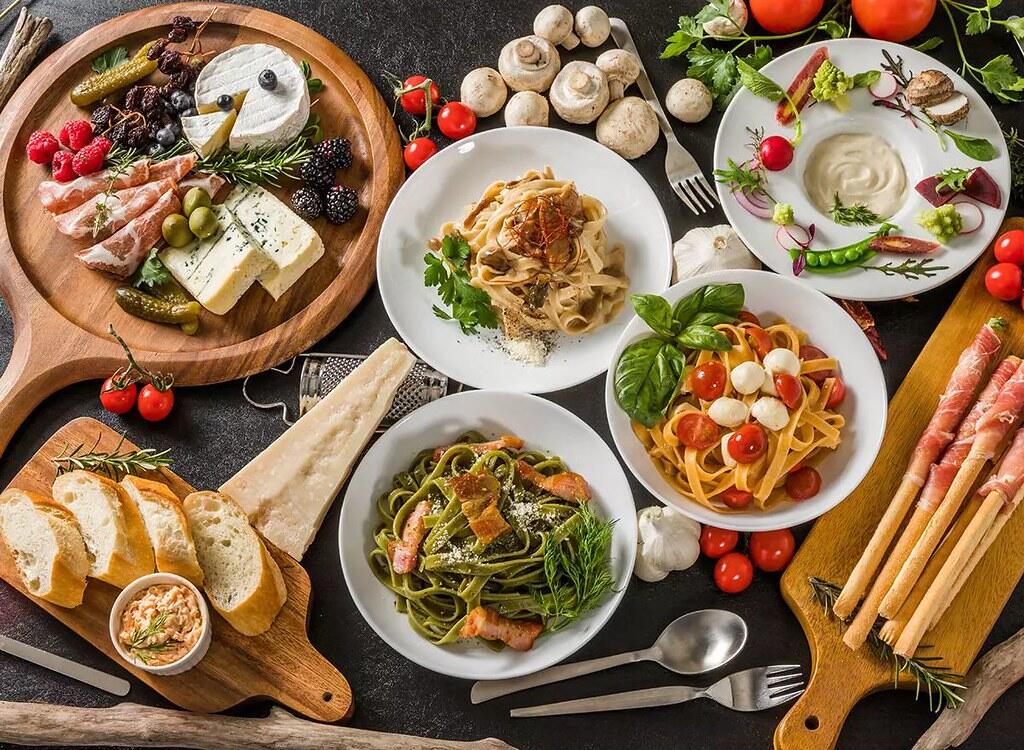
The Eternal Charm of Italian Food
Italian food holds a unique place in the hearts of food enthusiasts worldwide. It is more than just a cuisine. Its universal appeal lies in its ability to connect people through shared experiences, whether around a family dinner table or in bustling Italian trattorias. Each dish tells a story, reflecting the essence of la cucina italiana, with its emphasis on quality ingredients, simplicity, and culinary artistry.
The rich history of Italian cuisine, spanning centuries, highlights the adaptability and creativity of Italian cooks who have mastered the art of transforming humble ingredients into extraordinary dishes. From the vibrant streets of Naples, where pizza was born, to the lush rice fields of Lombardy, the regional diversity of Italian food ensures there is something to delight every palate. Each region contributes its own unique touch, from creamy risottos in the north to spicy, tomato-rich sauces in the south.
Italian delicacies such as tiramisu, gelato, and osso buco have transcended borders, becoming symbols of indulgence and comfort worldwide. Their continued popularity speaks to the enduring charm of Italian cuisine and its ability to evoke a sense of joy and nostalgia.
Bringing Italian recipes into your home allows you to become part of this rich culinary tradition. Whether you're preparing a classic carbonara or experimenting with homemade pizza, these dishes are a gateway to Italy's vibrant food culture. Cooking Italian food is not merely about following recipes; it is about embracing a lifestyle that values good company, fresh ingredients, and the pleasure of a well-prepared meal.



















